Contents

PLAYING WITH NATURE
To my friend
PROFESSOR RANJAN CHAKRABARTI
who had introduced me to the
wonderful world of environment
Playing with Nature
HISTORY AND POLITICS OF ENVIRONMENT IN NORTH-EAST INDIA
Edited by
SAJAL NAG

First published 2018
by Routledge
2 Park Square, Milton Park, Abingdon, Oxon OX14 4RN
and by Routledge
711 Third Avenue, New York, NY 10017
Routledge is an imprint of the Taylor & Francis Group, an informa business
2018 selection and editorial matter, Sajal Nag; individual chapters, the contributors; and Manohar Publishers & Distributors
The right of Sajal Nag to be identified as the author of the editorial material, and of the authors for their individual chapters, has been asserted in accordance with sections 77 and 78 of the Copyright, Designs and Patents Act 1988.
All rights reserved. No part of this book may be reprinted or reproduced or utilised in any form or by any electronic, mechanical, or other means, now known or hereafter invented, including photocopying and recording, or in any information storage or retrieval system, without permission in writing from the publishers.
Trademark notice: Product or corporate names may be trademarks or registered trademarks, and are used only for identification and explanation without intent to infringe.
Print edition not for sale in South Asia (India, Sri Lanka, Nepal, Bangladesh, Afghanistan, Pakistan or Bhutan).
British Library Cataloguing in Publication Data
A catalogue record for this book is available from the British Library
Library of Congress Cataloging in Publication Data
A catalog record for this book has been requested
ISBN: 978-1-138-28063-2 (hbk)
ISBN: 978-1-315-27188-0 (ebk)
Typeset in ITC Galliard Std 10/12
by Manohar, New Delhi 110 002

MANOHAR
Contents
Sajal Nag
Rila Mukherjee
Birendra Nath Prasad
Bazlur Rahman Khan
Kaushik Roy
Srijani Bhattacharjee
Rajib Handique
Suryasikha Pathak
S. Victor Babu
Debojyoti Das
Bashabi Gupta
Sajal Nag
Binayak Dutta
Bipul Chaudhury
Geetashree Singh
Monisankar Misra
Shymananda Bhattacharjee
Kerry Little
Until recently, the global concern over environment did not seem to have reached north-east India. There was a strange complacency about the deteriorating environmental conditions. Environmental history too was an almost unheard of discipline in the universities of the region. There were just three available works in the field. A.C. Sinha, Beyond the Trees, Tigers and Tribes: Historical Sociology of the Eastern Himalayan Forests (1993), Arupjyoti Saikia, Jungle, Reserves and Wildlife: A History of Forests in Assam (2005), Rajiv Handique, British Forest Policy in Assam (2004). All of them were on forest history. I had just published a work Pied Pipers in North-East India: Bamboo Flowers, Rat Famine and Politics of Philanthropy 1881-2007 (2008).
The time coincided with my meeting with some renowned environmental historians of India which prompted me to understand the urgency of introducing this subject to my university in the Masters and Doctoral level. This was the background on which I organized an international seminar on Environmental History of North-East India in 2010 with financial assistance from Indian Council of Historical Research, New Delhi and Maulana Abul Kalam Azad Institute of Asian Studies, Calcutta. It was attended by environmental historians of repute from different parts of India and abroad. Not only the participants but the students seemed immensely impressed by the scope and coverage of environmental history. The acute need for reading material on the subject for north-east India was sought to be covered by the publication of the seminar proceedings. As such scholars were requested to revise their respective papers and send it back for publication. Not all the contributions in the seminar were on north-east India. Hence it was decided to publish two volumes instead. One dealing with north-east India and the other with rest of India. The papers in this volume are revised versions of essays on north-east India. The due process took long but the final result, it is hoped, will be worthwhile. It will provide the much needed reading material for environmental history of north-east India and encourage universities of the region to now introduce the subject in their curriculum.
Thanks are due to the two funding agencies as well as my colleagues in the Department of History, Assam University, Silchar and Diphu Campus, Dr. Eshwar Rao, Dr. Suryasikha Pathak, Dr. Jangkhomang Guite, Dr. Habibullah Mazumdar, Dr. Binayak Dutta, and my students Dr. Debojit De, Dr. Debasish Roy and Dr. Mahbubur Rahman Laskar who worked tirelessly to make the seminar successful. The Association for South Asian Environmental Historians was one of the coorganizers. My friend Prof. Ranjan Chakrabarti of Jadavpur University, Kolkata helped me in organizing the seminar in various ways. In the editorial and publication process I received utmost support from my publisher Ramesh Jain of Manohar. Siddharth Chowdhury saw it through to the press. My most sincere gratitude to all of them.
SAJAL NAG
Silchar, 2016
SAJAL NAG
North-east India is called natures gift to India. It is mountainous, thickly forested, nourished by abundant rainfall, massive rivers, has a diverse wildlife, inhabited by a number of forest dwellers called tribes who have through the ages cherished an environmentalist ethos. Yet environmental history in north-east India has yet to take off. The region has been experiencing environmental depletion which was a result of colonial policies, exploitation of its ecological and mineral resources, large-scale trans-border immigration and settlement of people, establishment of plantation industry through deforestation, dependence of dairy industry on grazing and so on. Yet people of the region did not realize the dangerous stage the state of its environment has reached. There was no environmental activism, state turned a deaf ear to the little protests that emerged and violating the traditional tribal ethics favouring environment certain individuals and cartels ruthlessly exploited and devastated the environment of the region. It took the Supreme Court verdict to halt the rampant destruction of whatever little was left of the woods and a National Green Tribunal intervention to halt the unscientific mining of coal which had not just polluted the air and water bodies of the Kopili Valley but spelt doom for the entire region.
OMINOUS SIGNS
The first ominous signs of the impact of global climatic change on north-east India were the long dry spells over the region even during monsoon period. The entire north-east, climatically, falls within the high rainfall zone. Drought has been virtually unknown to the region. Rather it was the devastating flood and inundation that was characteristic of the region. Ironically in the Copenhagen conference in 2009 it was Assams flood that was discussed as part of the discussion of the impact of climate change over South Asia.

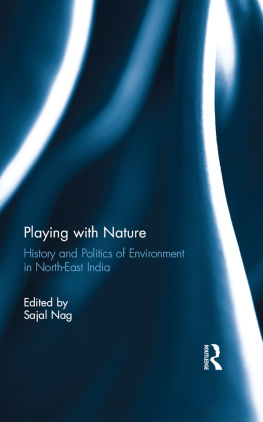
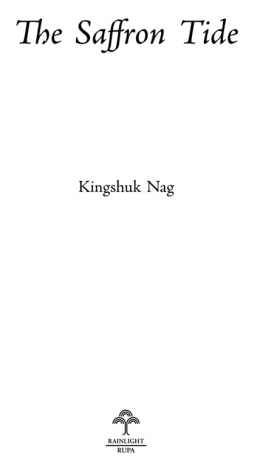

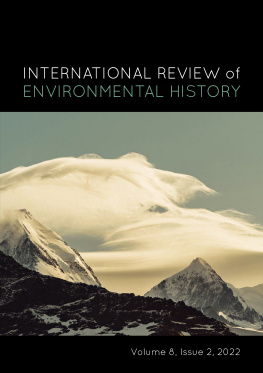


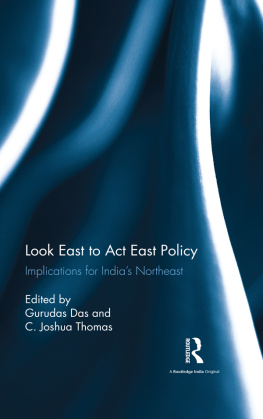
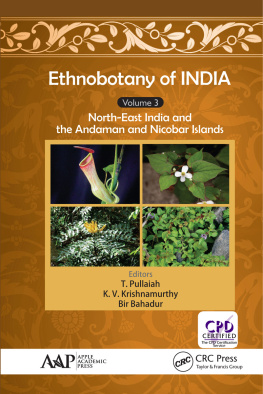


![Keith Bain - Frommers India [2010]](/uploads/posts/book/43617/thumbs/keith-bain-frommer-s-india-2010.jpg)



